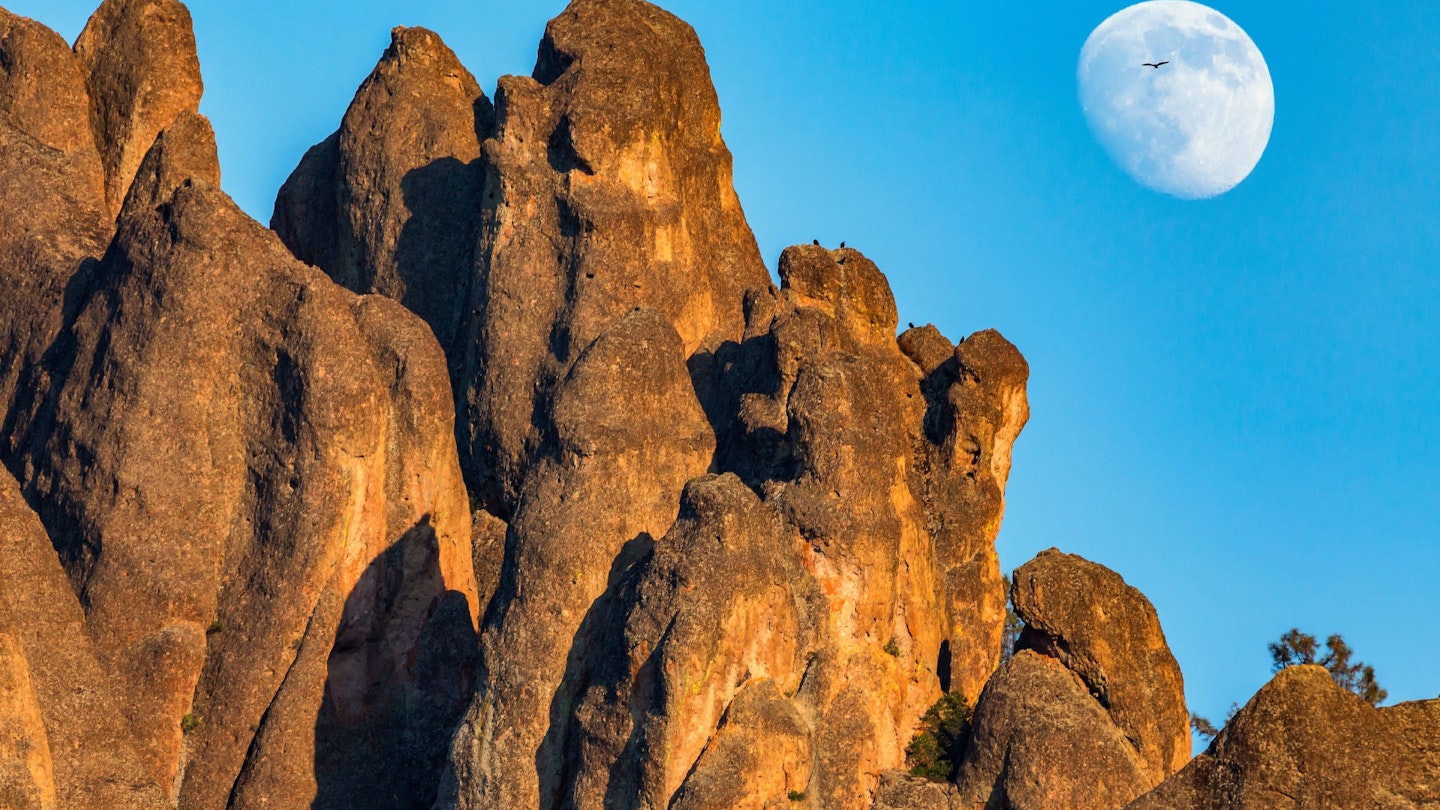9 Places Where Nature is Reclaiming the USA
In a country where everything seems to be supersized, it’s no surprise this also applies to rewilding – the global movement to restore plundered ecosystems to their former glory. Plans to transform millions of acres of cattle ranches in Montana into the continent’s largest nature reserve prove Americans also dream big when it comes to conservation. Moreover, in Yellowstone National Park, the USA has a rewilding success story befitting of Hollywood. The star in this happy-ever-after tale is the gray wolf, which has become a poster child for the global rewilding movement since recolonizing the park. Here are nine places to watch nature reclaim the USA.
1. Yellowstone, Wyoming/Montana/Idaho
The reintroduction of the gray wolf to Yellowstone (which spans three states: Wyoming, Montana, and Idaho) by the US Fish & Wildlife Service had a profound impact on the park’s ecology. Deer and elk, which once grazed the plains with impunity, suddenly found themselves on the menu. Their declining numbers allowed shrubs and trees to flourish. This attracted insects, birds, and beavers, which helped to create habitats for other species. Consequently, an ecosystem was reborn – all thanks to the gray wolf. Travelers can witness the extraordinary results of this conservation initiative on a visit to Yellowstone, a perennial favorite among America’s national parks.
2. American Prairie Reserve, Montana
Before European settlers arrived, the prairies of Montana were a vibrant ecosystem filled with bison, pronghorn, elk, and deer, pursued by wolves, grizzlies, and cougars. However, this biodiversity was diminished when settlers cleared the land for cattle ranches. Now, the American Prairie Reserve is working to rewild old cattle ranches to establish the largest nature reserve in North America. Scattered throughout the reserve are campsites and safari-style lodges where guests can observe the progress of the initiative, admire local wildlife, and even spend the night in yurts.
3. Heartland Ranch Nature Preserve, Colorado
The story that played out in Montana was echoed in Colorado’s Southern Plains, where many wildlife-rich habitats were destroyed for cattle grazing. Attempting to restore the region to its former glory is the Southern Plains Land Trust, which is purchasing farmland and returning it to nature. Its flagship park is Heartland Ranch Nature Preserve, where reintroduced bison now roam alongside pronghorn, mule deer, and black-tailed prairie dogs. Although off-road travel is not permitted, public roads bisect the park, allowing easy access to the stunning scenery.
4. Pinnacles National Park, California
The Californian condor was declared extinct in the wild in 1987, prompting one of the most ambitious reintroduction programs ever. Fortunately, this program, managed by the US Fish & Wildlife Service, has succeeded, and today, dozens of condors can be spotted soaring above the Golden State, particularly at Pinnacles National Park. Visitors, who may not be lucky enough to see the raptors, can appreciate the majestic scenery of the park, featuring towering mountains, shimmering lakes, and some of the finest hiking trails in California.
5. Innoko National Wildlife Reserve, Alaska
Tens of thousands of wood bison once roamed the boreal forests of Alaska, but they faced extinction due to overhunting and habitat loss. However, in 2003, these mammals made a welcome return to Innoko National Wildlife Reserve following a successful reintroduction program by the Alaska Department of Fish and Game. It is only for the intrepid traveler that these majestic animals can be observed, as there are no roads into the park; visitors must arrive by boat or plane. Lynx, grizzly bears, and wolves make the journey even more worthwhile.
6. Florida Keys, Florida
The decline of coral reefs globally serves as a stark reminder of what we risk losing due to climate change. However, there is hope for these ailing ecosystems through the efforts of the Florida Coral Restoration Foundation, which aids natural recovery through large-scale coral cultivation and outplanting. Scuba divers can play a role in this initiative by participating in citizen science projects aimed at monitoring the progress of transplanted reefs in the Florida Keys.

7. Badlands National Park, South Dakota
Many visitors come to Badlands National Park for its epic scenery and unique rock formations. However, those who observe closely may catch a glimpse of the black-footed ferret. Once believed extinct in the wild, these creatures have experienced a remarkable recovery thanks to a successful captive breeding program by the Fish & Wildlife Service. They have since been reintroduced to various locations throughout the US, including the rugged Badlands, which is also a favorite spot for hikers.
8. Olympic National Park, Washington
Olympic National Park boasts an astonishing diversity of landscapes, including glacier-capped mountains, temperate rainforests, and rugged coastlines. Additionally, it is the scene of one of America’s most successful rewilding initiatives run by various conservation groups: the reintroduction of Pacific fishers. Contrary to popular belief, these weasel-like creatures feast not on fish but on other land mammals. Once hunted nearly to extinction for their fur, they are now a notable attraction in the park, which is also home to killer whales, bobcats, coyotes, and American black bears.
9. New York, New York State
The Big Apple might seem like an unlikely spot for a rewilding initiative. However, with assistance from The Peregrine Fund, the city is now home to the peregrine falcon, a species that nearly went extinct in the US. These impressive birds of prey utilize nesting boxes fitted to bridges across the Hudson River, where they foster their young and entertain onlookers with their incredible speed, capable of flying nearly 200 mph. Furthermore, they help control the local pigeon population. For those unable to visit the city, there’s even a webcam to catch a glimpse of these magnificent birds.





